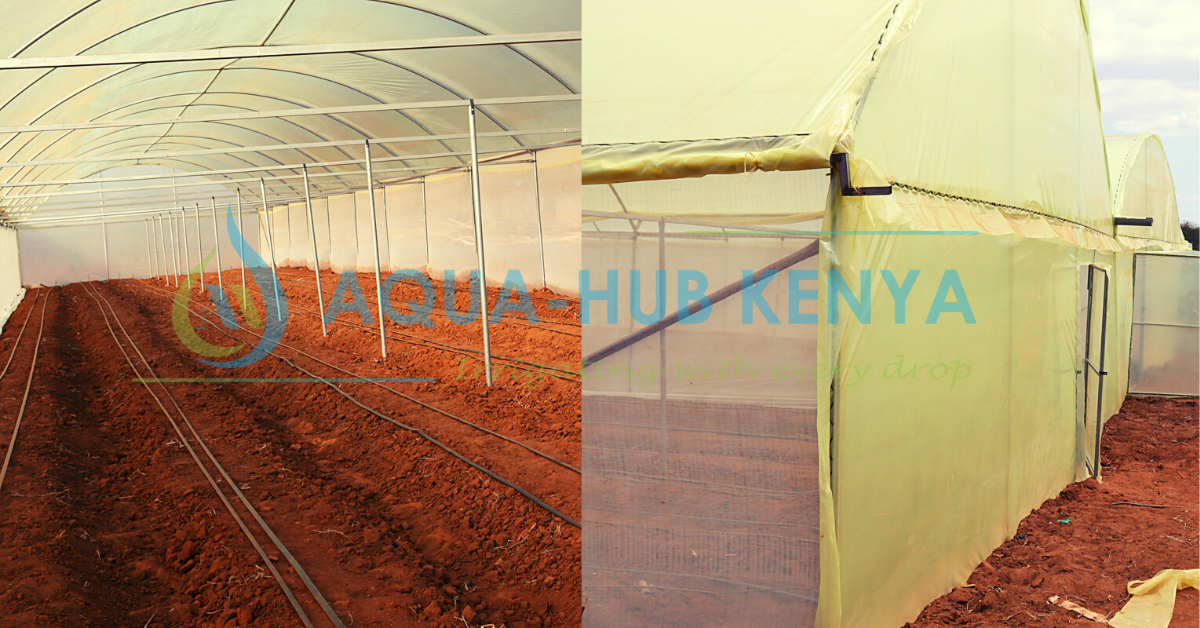The top 10 greenhouse management strategies can help you manage your greenhouse more effectively. This guarantees that your greenhouse investment is maximized. Having a greenhouse opens up a wealth of new gardening opportunities. Many of which will please the seasoned gardener while terrifying the rookie gardener. The most important advantage of a greenhouse is that it allows you to grow plants and commodities that require more protection. And higher temperatures than your open garden. Greenhouses are excellent season extenders.
The Top 10 Greenhouse Management Strategies for Maximum Production
Make the most of greenhouse planning by learning how to arrange the plants and utilize the greenhouse all year long for producing vegetables, fruit, and delicate blossoms. The range of what and when you can grow will be expanded thanks to a greenhouse. The finest management strategies listed below will assist you in managing your greenhouse for optimal output.
- Proper Planning: Before setting up a greenhouse, plan out the layout and the type of plants you want to grow. And the necessary equipment and materials.
- Climate control: Use heating and cooling systems to control the temperature. And humidity levels inside the greenhouse to create a suitable environment for the plants.
- Irrigation: Use efficient watering methods, such as drip irrigation, to conserve water and ensure that the plants receive the right amount of water.
- Lighting: Use grow lights or natural light to supplement the light coming in through the greenhouse’s roof.
- Fertilization: Use fertilizers, compost, or other organic matter to ensure that the plants receive the necessary nutrients for healthy growth.
- Pest and Disease Management: Implement pest and disease control methods to prevent infestations and outbreaks, and keep an eye on the plants regularly to detect any issues early on.
- Ventilation: Proper ventilation is essential for preventing mould and mildew growth, as well as for keeping the plants healthy.
- Shade and shading nets: Use shading and shading nets to protect plants from excessive sunlight and to reduce the amount of direct sunlight that reaches the plants.
- Record Keeping: Keep records of temperature, humidity, light, pest and disease control, and other important data, which will help you to identify trends and issues.
- Regular Maintenance: Regularly maintain and clean the greenhouse to prevent the buildup of debris and to keep the equipment in good working order. This includes checking for leaks, tightening loose bolts, and replacing worn or damaged parts.
- Crop rotation: Rotating crops can help to reduce the buildup of pests and diseases, as well as to improve soil fertility.
- Use of Mulch: Using mulch can help to reduce water loss, control weeds, and keep the soil temperature stable.
Why it is important to have Greenhouse Management Strategies
Greenhouses are a controlled environment where plants can be grown year-round, regardless of the weather conditions outside. However, maintaining a consistent and suitable environment for the plants can be challenging. Implementing greenhouse management strategies can help to ensure that the plants receive the right amount of light, water, and nutrients and that the temperature and humidity levels are at the appropriate levels for healthy growth. Implementing greenhouse management strategies can provide a variety of benefits, including:
- Increased crop yields: By creating a suitable environment for the plants and providing the right amount of light, water, and nutrients, greenhouse management strategies can help to increase crop yields.
- Cost savings: Implementing strategies for water conservation, energy efficiency, and pest and disease control can help to reduce costs associated with running a greenhouse.
- Improved plant health: By controlling the temperature and humidity levels, providing adequate lighting and nutrients, and preventing pests and diseases, greenhouse management strategies can help to improve the health of the plants.
- Year-round growing: Greenhouses allow for year-round growing, regardless of the weather conditions outside, which can provide a consistent supply of fresh produce.
- Increase food security: Greenhouses can be applicable to grow food in areas where traditional farming is not possible, providing an increase in food security for local communities.
- Flexibility: Greenhouses can be applicable to grow a wide variety of plants, from vegetables and fruits to ornamental plants, which can provide a source of income for farmers.
- Sustainable practices: Implementing sustainable practices, such as water harvesting, recycling, and using organic inputs, can help to reduce costs and have a positive impact on the environment.
- Quality control: Implementing greenhouse management strategies can also help to improve the quality and safety of the produce, by controlling the environment and preventing contamination from pests and diseases.
Do you want to learn about the best management practices for your greenhouse? Aqua Hub is here to help you. We have a certified and experienced team that can help you with your greenhouse installation as well as train you on the best greenhouse practices. For more details, contact: NAIROBI: 0790719020 | ELDORET: 0759372241




